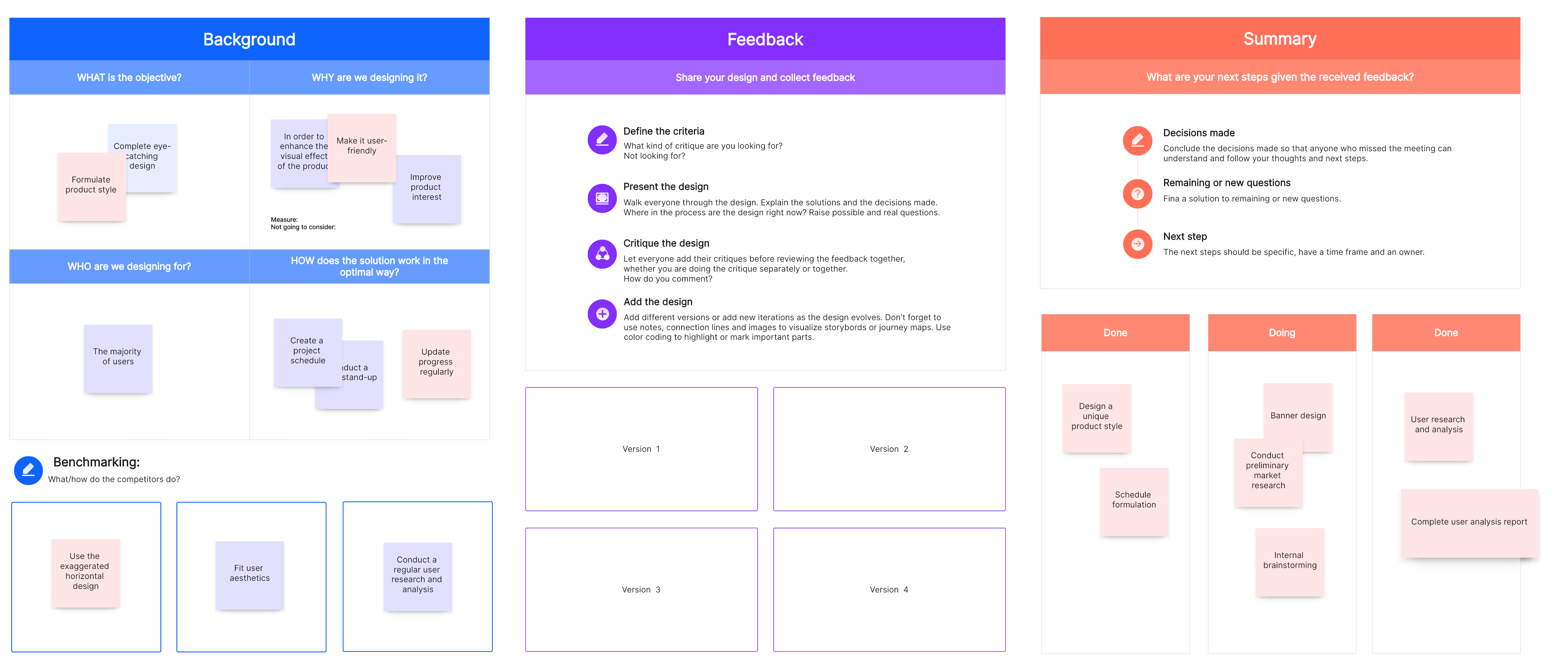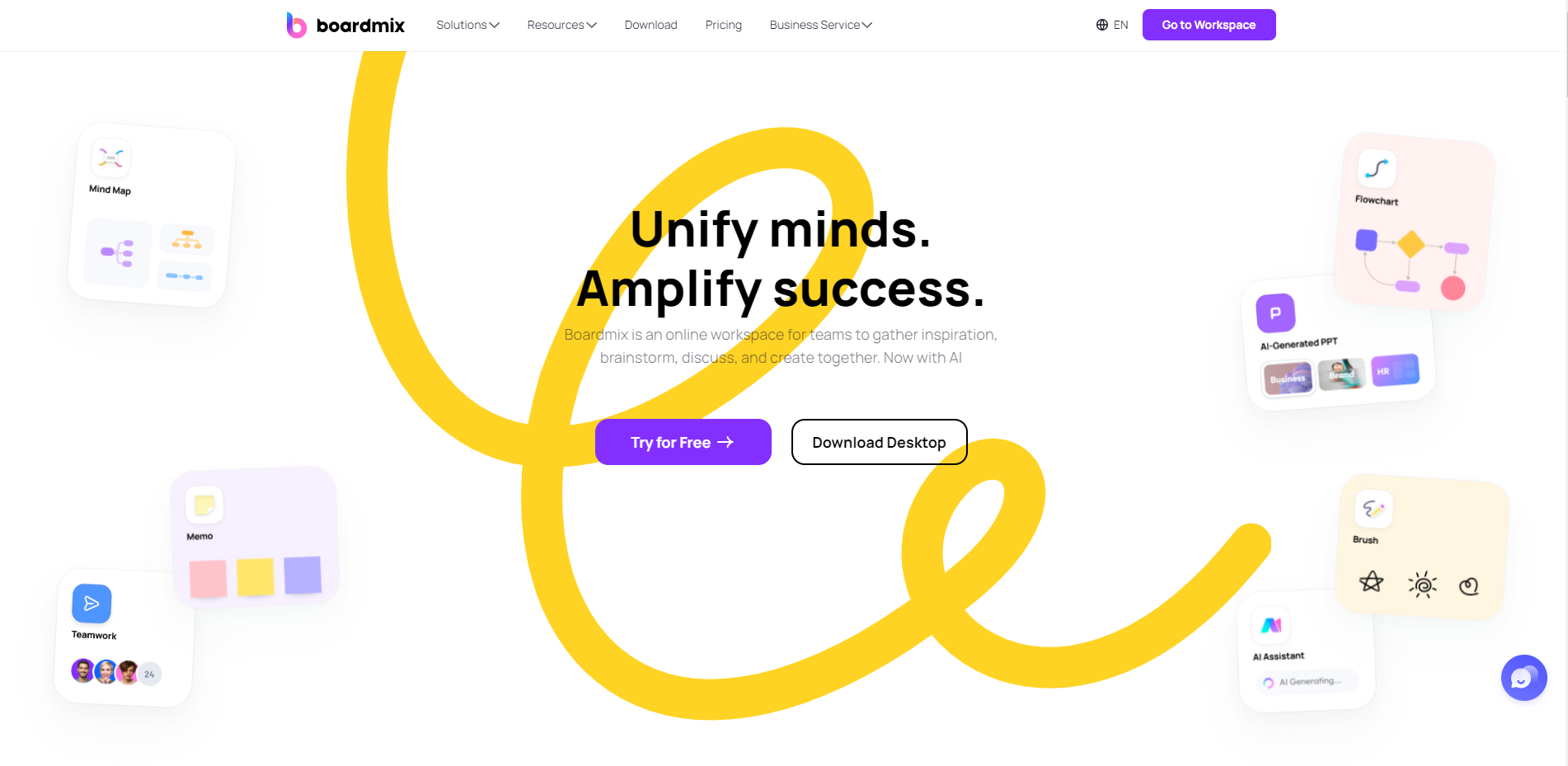In the realm of User Experience (UX) design, understanding your competition is key to creating a product that stands out. UX competitive analysis offers invaluable insights to achieve this goal.
This article delves into the concept of UX competitive analysis, explaining its importance, the appropriate time for it, as well as the method and tool to conduct it. Keep reading.
What Is UX Competitive Analysis
UX competitive analysis is a method used by UX designers to analyze and compare competitor products. It involves evaluating the features, usability, design elements, content strategy, and other relevant aspects of competing products. The goal is to identify their strengths and weaknesses in order to improve your own product's user experience.
This analysis allows designers to gain insights into current market trends, common industry standards, and user expectations. It helps identify opportunities for innovation and improvement, shaping the overall UX strategy of the product.

Why and When Should You Perform UX Competitive Analysis
There are several compelling reasons why UX competitive analysis should be an integral part of your UX design process:
Why
- Identify Industry Standards: Understanding what features and designs are standard in your industry can inform your design decisions and ensure your product meets user expectations.
- Discover Opportunities: By identifying gaps or weaknesses in competitor products, you can discover opportunities to offer a better user experience.
- Inspire Innovation: Studying the competition can spark new ideas and inspire innovative solutions to common problems.
When
Ideally, a UX competitive analysis should be conducted at two key stages:
- Early Stages of Design Process: Before you start designing your product, analyzing your competition can give you insights into what works and what doesn't, informing your design decisions from the get-go.
- Regularly After Product Launch: Market trends and user expectations evolve over time. Regularly conducting UX competitive analysis allows you to stay abreast of these changes and continuously improve your product.
How to Perform a Competitive Analysis in UX Design
Performing a competitive analysis in UX design is an essential step in understanding where your product stands in the market, identifying opportunities for improvement, and gaining insights into industry trends. Here's a step-by-step guide on how to conduct a comprehensive competitive analysis:
- Identify Your Competitors: Start by identifying your direct and indirect competitors. Direct competitors offer similar products or services, while indirect competitors might offer alternatives that could divert your potential users.
- Define Evaluation Criteria: Determine what aspects of the user experience you want to evaluate. This could include usability, visual design, content strategy, interaction design, and more.
- Gather Data: Use various methods to gather data about your competitors' products. This could involve using the products yourself, reading reviews, conducting user interviews, or using UX research tools.
- Analyze the Data: Evaluate each competitor based on your defined criteria. Look for strengths and weaknesses in their UX design and identify areas where your product can stand out.
- Document Your Findings: Create a competitive analysis report summarizing your findings. This should include an overview of each competitor, their strengths and weaknesses, and opportunities for your product.
- Apply Your Findings: Use the insights gained from your analysis to inform your UX design strategy. This could involve improving areas where your competitors are strong or capitalizing on their weaknesses.
Remember that a competitive analysis is not a one-time task but an ongoing process that should be revisited regularly as market conditions change.
Conduct the UX Competitive Analysis with Online Whiteboard
In the sphere of User Experience (UX) Design, thorough analysis and strategic planning are key to creating products that truly resonate with users. Online whiteboards have emerged as powerful tools to facilitate these processes.
Why Use Online Whiteboards for UX Competitive Analysis
Online whiteboards provide a collaborative platform where teams can visually brainstorm, analyze, plan, and iterate design ideas in real-time. Here are some reasons why they are ideal for UX competitive analysis:
- Visual Thinking: Online whiteboards allow you to visualize user flows, wireframes, and interface layouts, promoting better understanding and innovative thinking.
- Real-Time Collaboration: Team members can collaborate in real-time, share inputs, and instantly reflect changes, thereby speeding up the design process.
- Organized Documentation: All brainstorming ideas, feedback, and iterations can be documented on the same platform, keeping the process organized and traceable.
Which Online Whiteboard Suits You Best
When it comes to conducting a comprehensive UX competitive analysis, Boardmix indeed stands out as an exceptional online whiteboard tool. With its feature-rich platform and user-friendly interface, Boardmix allows you to visualize and streamline your analysis process effectively.

Boardmix offers real-time collaboration, enabling your team to work together seamlessly, regardless of their geographical location. It's like having a virtual brainstorming room where ideas can be shared, discussed, and refined in real time. This can significantly enhance the efficiency and productivity of your competitive analysis process.
The tool also provides a host of features tailored for UX competitive analysis. You can easily create sections for each competitor, define evaluation criteria, gather and analyze data, document findings, and even strategize directly on the board. The ability to use sticky notes, images, or text boxes makes it easy to organize your thoughts and findings.
How to Conduct a UX Competitive Analysis with Online Whiteboards
Step 1: Set Up Your Online Whiteboard
Create a new board on your online whiteboard platform like Boardmix. It serves as your workspace for the analysis.
Step 2: Identify Your Competitors
List out your direct and indirect competitors on the board. You can use sticky notes for each competitor, allowing for easy organization and reorganization.
Step 3: Define Evaluation Criteria
Establish what features or aspects you will evaluate your competitors against. This could include factors like design aesthetics, ease of use, unique features, user reviews, etc. Create a section on your board for each criterion.
Step 4: Conduct the Analysis
Start analyzing each competitor based on your evaluation criteria. Visit their websites or use their applications as a user would. Take notes on your observations and add them to the respective sections on the board.
Step 5: Collaborate and Discuss
Invite your team members to join the analysis. They can add their observations, provide feedback, and contribute to discussions. This collaboration results in more comprehensive and diverse insights.
Step 6: Review and Document
After the analysis, review all the collected data as a team. Highlight the strengths you wish to emulate and the weaknesses you aim to avoid in your design. Ensure all findings are documented clearly on the board for future reference.
Using an online whiteboard like Boardmix for conducting UX competitive analysis allows for a much more engaging and collaborative process. The visual nature of these platforms aids in better comprehension and easier identification of patterns or insights, leading to more effective design strategies.








